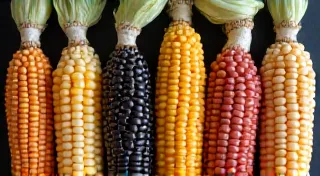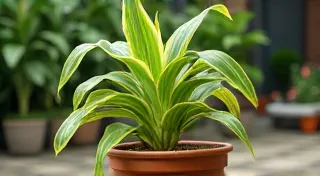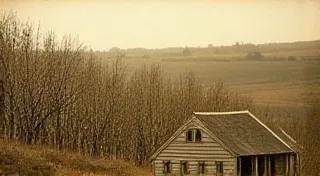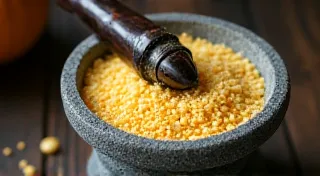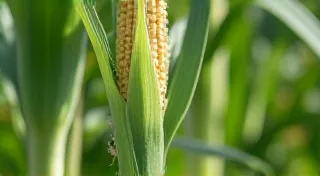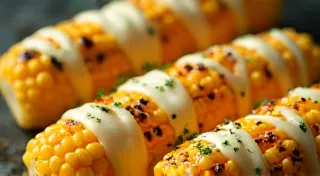The History of Heirloom Corn and its Significance
Corn, or maize as it's known scientifically, holds a place of immense importance in human history. While modern, commercially-grown corn dominates our fields today, a treasure trove of older varieties – heirloom corn – represents a vital link to our agricultural past and a critical resource for the future. This article explores the fascinating history of heirloom corn and its profound significance.
Origins and Early Cultivation
The story of corn begins in Mesoamerica, specifically in what is now southern Mexico and Guatemala. Archaeological evidence suggests that corn was first domesticated from a wild grass called teosinte around 9,000 years ago. Early farmers gradually selected and cultivated plants with larger kernels and easier-to-husk ears, transforming teosinte into the recognizable corn we know today. These early forms of corn differed greatly from modern varieties; ears were small, kernels were sparse, and the plant itself was less productive.
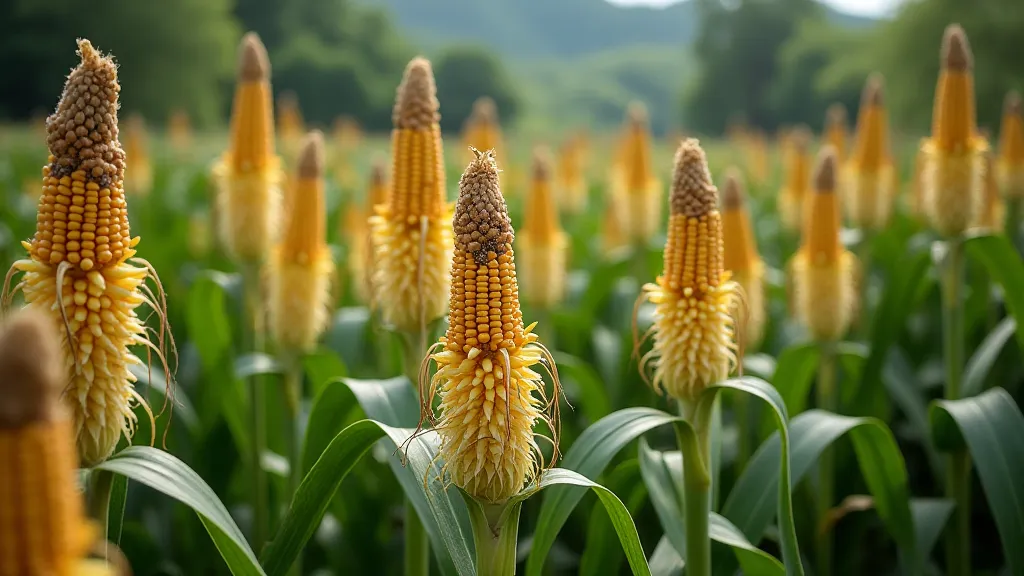
Corn and Cultural Heritage
For thousands of years, corn was deeply interwoven with the cultures of Mesoamerican civilizations. It wasn’t just a food source; it was a spiritual entity, a central figure in religious ceremonies, and a vital component of daily life. Different indigenous groups developed unique corn varieties adapted to their specific environments and culinary traditions. These corn varieties weren’t just about sustenance; they represented cultural identity, agricultural knowledge passed down through generations, and a connection to ancestral lands. From the vibrant blue corn of Oaxaca to the fluffy popcorn of the Andes, each variety carried a story.
The Columbian Exchange and Beyond
The arrival of Europeans in the Americas dramatically altered the trajectory of corn. Christopher Columbus famously referred to corn as "Indian wheat," recognizing its potential as a valuable crop. The Columbian Exchange facilitated the global dissemination of corn, and it quickly adapted to new environments around the world. While this expansion brought corn to new lands, it also led to a decline in the cultivation of many traditional varieties as commercial strains gained prominence.
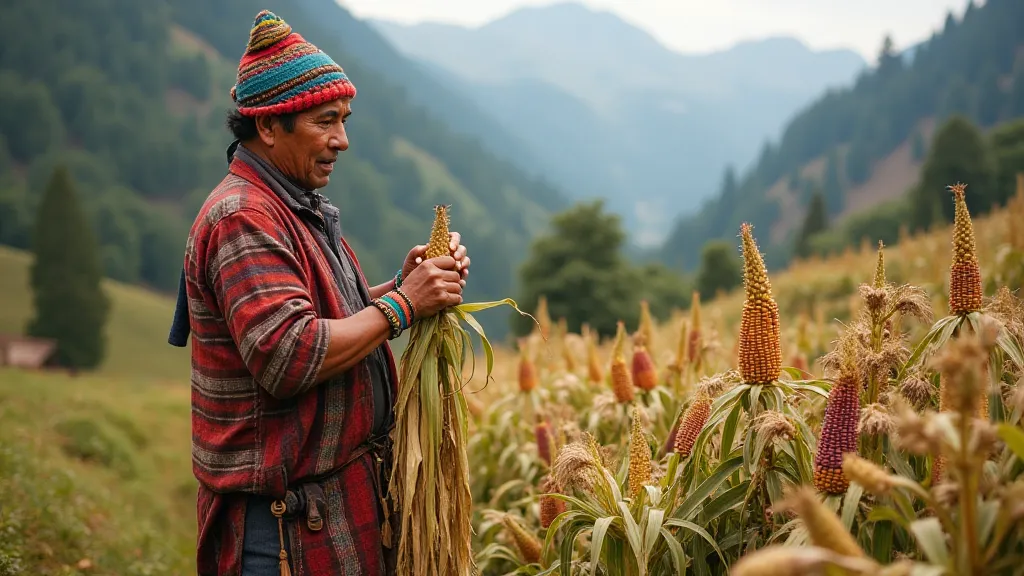
The Rise of Commercial Corn and the Threat to Diversity
The 20th and 21st centuries witnessed the rise of commercial corn production, driven by advances in agricultural technology and the demand for cheap food. A handful of hybrid varieties, bred for high yields and uniformity, increasingly replaced the diverse range of heirloom corn varieties. This trend has led to a significant loss of genetic diversity, making our food system more vulnerable to pests, diseases, and climate change.
The Heirloom Corn Revival
Fortunately, there’s a growing movement to preserve and promote heirloom corn varieties. Gardeners, farmers, and seed savers are working to collect, grow, and share these precious genetic resources. By growing heirloom corn, we not only safeguard biodiversity but also reconnect with the rich agricultural heritage of our ancestors. These varieties offer unique flavors, colors, and textures that are often lost in modern corn. Furthermore, they can possess valuable traits like drought tolerance or pest resistance, which are increasingly important in a changing climate.
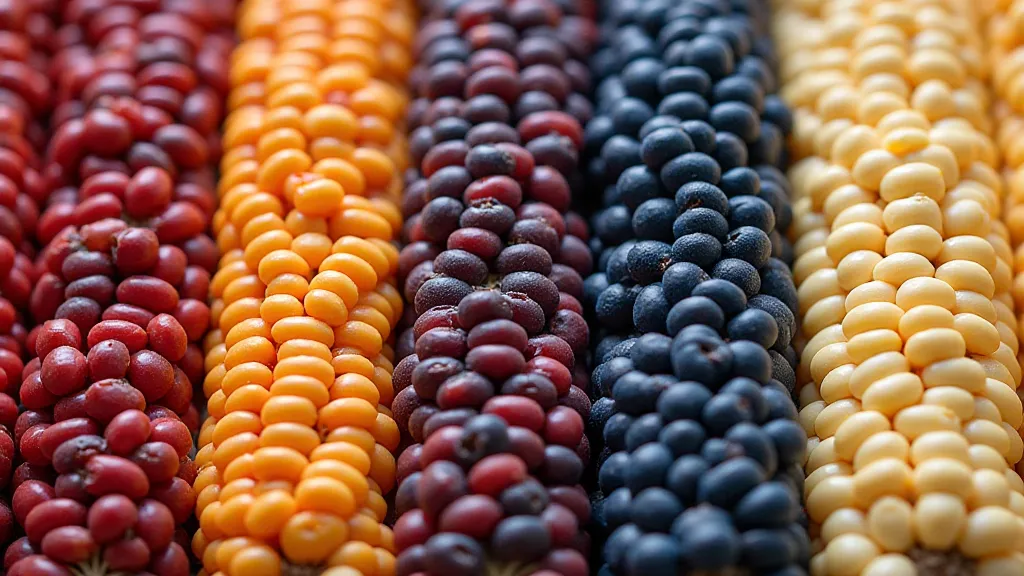
Why Grow Heirloom Corn?
- Preserves Biodiversity: Helps maintain a wider range of genetic material in corn.
- Unique Flavors and Colors: Offers a culinary experience beyond standard commercial corn.
- Connects to Heritage: Provides a link to the agricultural traditions of past generations.
- Potential for Adaptation: May possess traits that allow them to thrive in challenging environments.
The history of heirloom corn is a story of resilience, adaptation, and cultural significance. By embracing these remarkable varieties, we can contribute to a more diverse, sustainable, and flavorful food system – and honor the generations of farmers who cultivated them.
